Israel’s military said it plans to launch a wave of air strikes across Lebanon, which it said would target Hizbollah-affiliated financial institutions as it prepared to dramatically widen its offensive against the militant group.
An Israeli intelligence official said the strikes were intended to attack Hizbollah’s economic “system and strongholds”, with a focus on branches of the al-Qard al-Hassan Association.
The attacks will further exacerbate Lebanese fears that Israel is expanding its offensive against Hizbollah beyond military infrastructure. The Iranian-backed movement is also Lebanon’s dominant political force and has a large network of economic, social and political interests across the country.
Many ordinary Lebanese, particularly from the Shia community, also use the al-Qard al-Hasan (AQAH) financial network, which has branches countrywide.
Israeli military spokesman Daniel Hagari said Israel was issuing orders to Lebanese people to evacuate areas in Beirut and other parts of the country close to Hizbollah-affiliated financial institutions.
“We will strike several targets in the coming hours and additional targets throughout the night,” he said.
The Israeli intelligence official said Israel would be attacking “different branches of al-Qard al-Hasan all over Lebanon”.
But they hinted that Israel could broaden its campaign against Hizbollah’s financial network, saying the group received funding from Iran through Syria, as well as from Lebanese businesses affiliated to the group and donations from individuals.
“The purpose of these strikes is to target the ability of Hizbollah to function both during the war but also afterwards, to rebuild and to rearm the organisation on the day after, and [to target] the grip Hizbollah has on large parts of the Lebanese society,” the official said.
AQAH, officially a non-profit, was sanctioned by the US in 2007 which said the organisation’s affiliation with Hizbollah allowed the US-designated terror group access to the “international banking system”.
Experts say it is also Lebanon’s largest financial institution: in 2021, then-Hizbollah leader Hassan Nasrallah said around 300,000 people had loans with AQAH and said it had provided loans worth $3.7bn to 1.8mn people since being founded in the 1980s. It gained in popularity after Lebanon’s economic crisis left many banks insolvent.
It offers small, interest-free loans in US dollars, backed by a guarantor or by gold deposits. Many people use these loans to pay for school and university fees, weddings and small businesses. It is also one of Hizbollah’s main tools in its patronage networks and social services, which helps sustain its popularity.
Israel stepped up its offensive against Hizbollah last month, initially saying its goal was to push the group back from the Lebanese border to ensure that some 60,000 people displaced by rocket fire from northern Israel would be able to return. But since Israel assassinated Nasrallah, and other top officials in the group, it appears to have expanded its goals, launching air strikes across the country and invading the south.
Israeli Prime Minister Benjamin Netanyahu warned this month in a speech that he said was addressed to the Lebanese: “You have an opportunity to save Lebanon before it falls into the abyss of a long war that will lead to destruction and suffering like we see in Gaza”.
The conflict between Israel and Hizbollah erupted after the Lebanese group fired rockets towards the Jewish state a day after Hamas’s October 7 attack.
Israel’s offensive in Lebanon has killed more than 2,400 people and forced more than 1.2mn to flee their homes, mostly in the past three weeks. Some 80 Israeli civilians and soldiers have been killed by Hizbollah fire in northern Israel and during the ground offensive into southern Lebanon.
Despite the blows to its leadership, Hizbollah has continued to launch drones, rockets and missiles, and last week vowed that “a new and escalating phase in its confrontation” would begin.
On Saturday it fired a drone that hit a structure in the northern seaside town of Caesarea, where Netanyahu has his private residence, causing the prime minister to accuse the group of trying to assassinate him. His office confirmed the home was targeted but said Netanyahu and his wife were not present and no one was hurt.

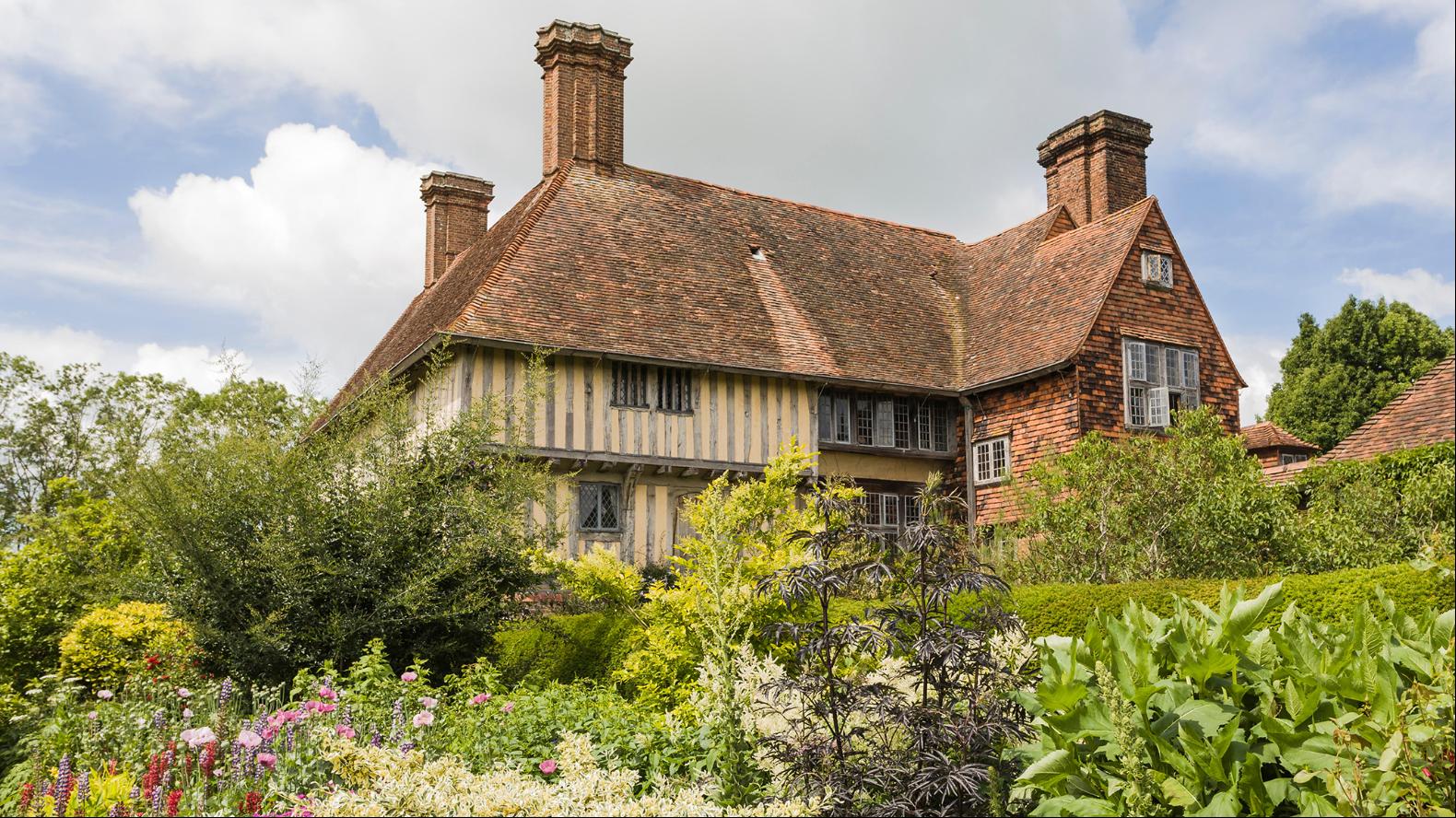






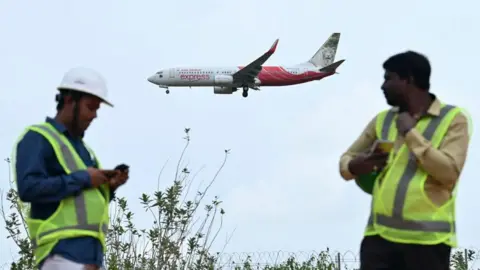
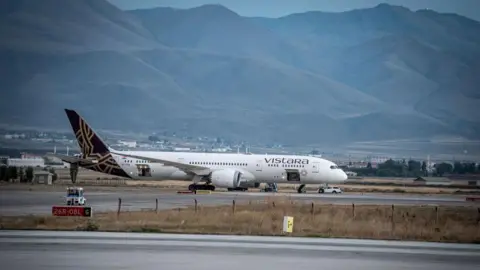
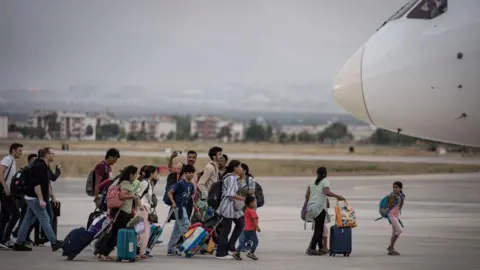

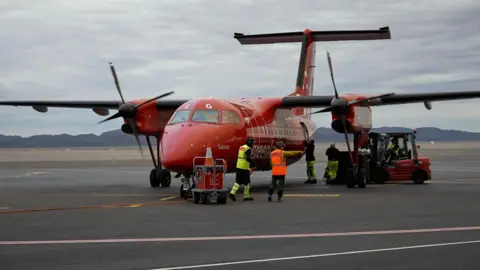


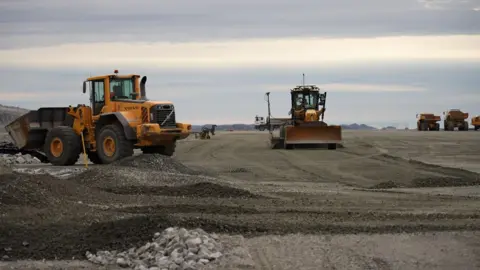
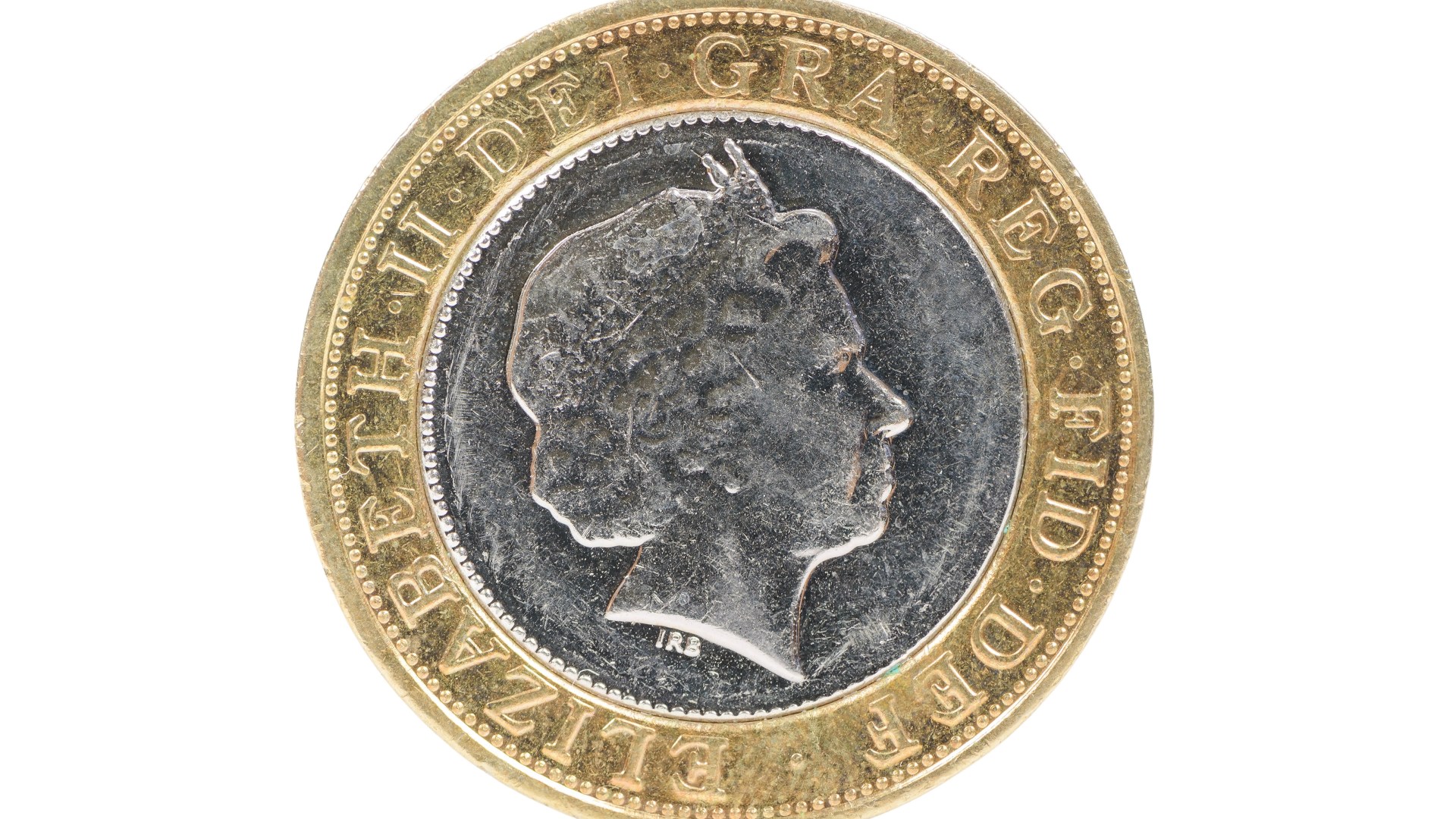
































































































































































You must be logged in to post a comment Login